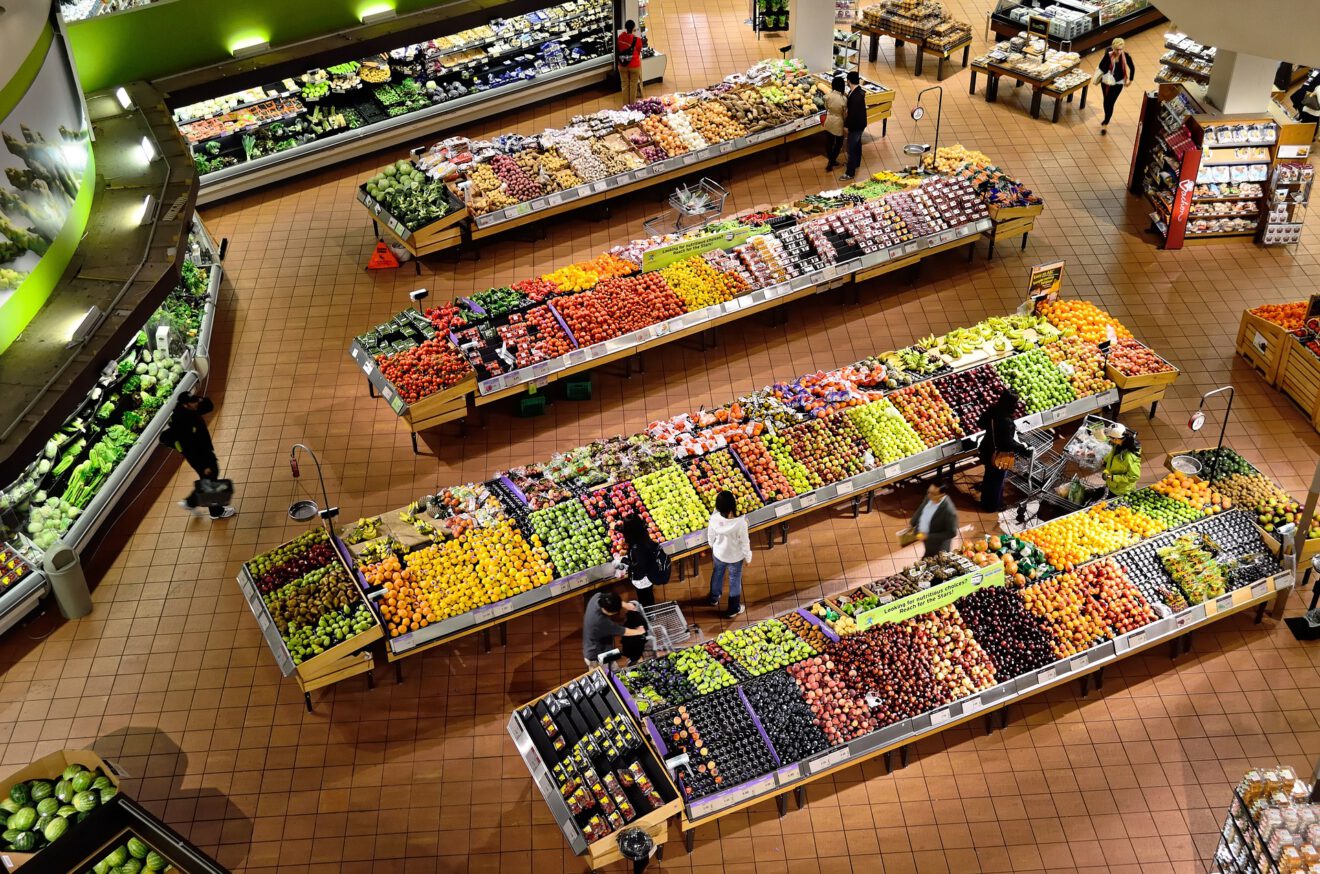A growing consumer desire for fresh grocery items is causing a seismic shift in the food retail industry. From produce, seafood and meat to ready-to-prepare meals, shoppers are clamoring for more healthful, convenient staples. Not only are grocers changing the way they do business, but new concepts that focus solely on selling fresh foods are also beginning to pop up.
What’s behind the shift?
Consumers have been seeking out fresh options at the supermarket for several years, a trend that Maria Steingoltz, managing director at L.E.K. Consulting, says is only intensifying. Steingoltz believes the shift toward fresh food items is being driven by a combination of things, including consumer desires for convenience and local products, as well as a general shift toward health and wellness. “Certainly there’s a perception that if it’s on the perimeter, it’s fresh food and therefore better for me,” she explains.
Indeed, dollar growth in the perimeter has outpaced other areas of the grocery store by 2.1 times, according to IRI’s 2017 Top Trends in Fresh Foods study. Additionally, IRI reports that perimeter spending, including produce, fresh prepared foods, bakery, seafood and meat, has grown from $116 billion in 2013 to $140 billion in 2017, driving 54% of the industry growth.
When it comes to the consumer desire for convenience at every turn, a trip to the perimeter provides an easy way for shoppers to get in and out of the store in one fell swoop, Steingoltz explains. “It’s much easier to shop and get something on the go on the perimeter,” she says.
Additionally, consumers with an eye toward product transparency are helping to drive this trend at retail. IRI’s 2017 Fresh Food Shopping Trends Survey found that 30% of respondents were concerned about fresh food claims related to antibiotic, growth hormone and pesticide or fertilizer use. Therefore, stores catering to these concerns were able to grab more market share in the fresh field.
Focusing on fresh
With this trend and subsequent drivers in mind, grocers large and small are finding ways to make fresh foods a major focus. Ahold Delhaize’s Stop & Shop banner, for example, is updating the format of 20 of its stores by the end of 2018 to beef up the availability of fresh foods and ready-to-prepare meals. “[T]here will be a lot of innovation there on fresh meals, on ready-made meals, ready-to-cook, ready-to-eat meal kits, different types of packaging sizes, healthier food,” explained Ahold Delhaize CEO Frans Muller during an August financial report. “That’s all very much geared toward fresh formats across all the categories.”
In another move, Meijer recently unveiled its latest convenience store concept, which focuses on fresh grocery items and prepared meals. Steingoltz believes this was a solid move by the retailer since more shoppers than ever are shopping for food in convenience stores. If the foot traffic is stopping in for either food or gas, she says, retailers should elevate the experience and give shoppers the types of experiences and fresh products they’re seeking.
Atlanta-based grocer Wayfield Foods has also unveiled a new concept store dubbed Eden Fresh Market in Fayetteville, Ga., which President and CEO Ron Edenfield says will have a broader selection of fresh foods and appeal to a younger demographic with items such as wild-caught seafood and grass-fed beef.
How retailers can be the change
In order for retailers to thrive in today’s fresh-forward environment, Steingoltz says they should seek out partners that can help make it happen. “They need to find and identify the suppliers who can help them…and support them in their efforts on the perimeter,” she explains.
Furthermore, Steingoltz recommends increasing the variety of fresh foods available across all categories, and also think about remodels in terms of how to better showcase a fresh selection. By dedicating more of the walking space and the use space to this fresh section and shrinking the size of the middle aisles, she says, grocers can better adapt to changing consumer demands.
________________________________________________________________________________________________________________
If you enjoyed this article, sign up for FMI dailyLead to get news like this in your inbox, or check out all of SmartBrief’s food and travel newsletters as we offer more than 30 newsletters covering the food and travel industries from restaurants, food retail and food manufacturing to business travel, the airline and hotel industries and gaming.
